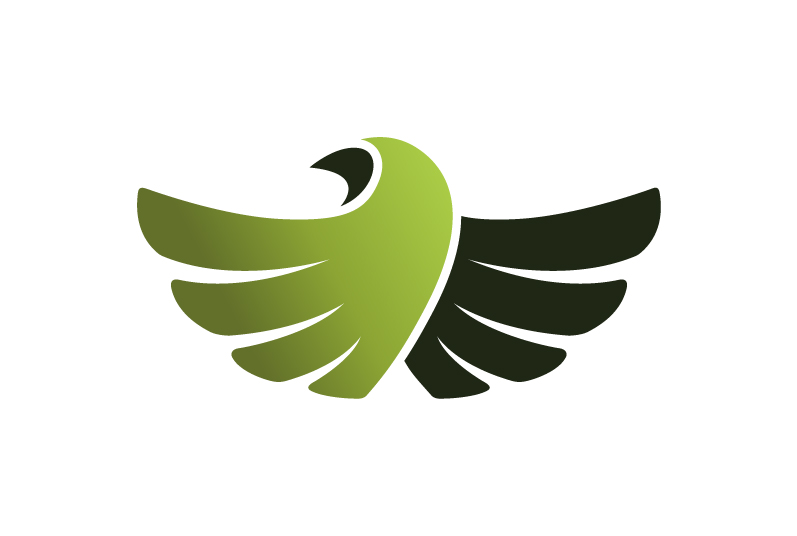Five Element Theory: the Energy of the Emotions
The yin/yang theory that I covered in my last post is ancient, spanning back thousands of years of Chinese culture, and it is linked to another more recent concept that dates back to around 300BC: five element theory, also known as the five phases or virtues. Many of the practices that we work with in qigong relate to the five elements in some shape or form, so I thought it would be helpful to elaborate on it here.
In traditional Chinese medicine the primary emotions are: fear, anger, joy, anxiety and sorrow. According to the five element theory, each emotion is associated with a pair of organs in the body and is linked to one of five elements: water, wood, fire, earth or metal. Excess of an emotion can cause disease in the associated organ. The elements are interconnected, so that an imbalance in one will cause disharmony in another.
Water
The kidneys and bladder are linked with the water element, which represents energy at rest or floating. It is therefore associated with winter and to dormancy, or rather the potential for growth (as water is essential to so many of life’s processes). This is called the ‘essence’ in traditional Chinese medicine and is effectively the life force that we are born with, which becomes depleted over our lifetime. People born with less essence need to work harder at looking after themselves to compensate.
Water is the source of life-force and will, so harmony in the water element results in strong willpower and endurance, whereas disharmony manifests as fear, which may inhibit growth (for example fear of making a decision or taking action on an issue). We can draw on wisdom and the confidence of inner knowing to overcome our fears.
Wood
The liver and gall bladder are linked with the wood element, in which energy is rising, like sap in the spring. In harmony, the liver is linked to motivation and the gall bladder to decisiveness and action, but disharmony leads to anger and frustration. Kindness to ourselves and to others is the best antidote to anger.
Fire
Four ‘organs’ are linked to the fire element: the heart, small intestines, pericardium (or heart protector) and the triple heater. The triple heater is not related to an actual organ, but represents the processing of food and waste in the upper, middle and lower regions of the body. The fire element represents energy expanding, the peak of activity and the season summer. It is associated with consciousness, and harmony in this element is expressed as sensitivity, love and joy, disharmony as being ‘on edge’, with insomnia and in more extreme cases as manic behaviour. Peace and orderliness help calm excitable heart energy.
Earth
The spleen and stomach are the earth organs and represent energy descending, as in late summer. The spleen is associated with thought and transforming ideas into action, also with empathy. Harmony in the earth element results in good concentration and analytical skills as well as compassion. In disharmony it results in overthinking, anxiety and becoming stuck. As Kenneth Cohen explains in his book Qigong: the art and science of Chinese energy healing “We are pensive when we are preoccupied with ourselves; we are overly empathic when we are preoccupied with others.” Trust and acceptance can help counter anxiety and over-empathising to bring balance in the earth elements.
Metal
The lungs and large intestines fall within the metal element and represent energy meeting (a balance between activity and rest). The related season is autumn. Metal is associated with the corporeal soul and our ability to take in and to let go. Harmony in this element leads to optimism and a childlike ability to live in the moment, disharmony to sorrow. Lung energy can be rebalanced by integrity and dignity.
I love how the five element theory links emotions to nature, and although I don't hold rigidly to it, I use it as a framework for exploring how I feel and what is going on around me. I hope that you have found this explanation interesting and that you get as much pleasure from this theory as I do.

